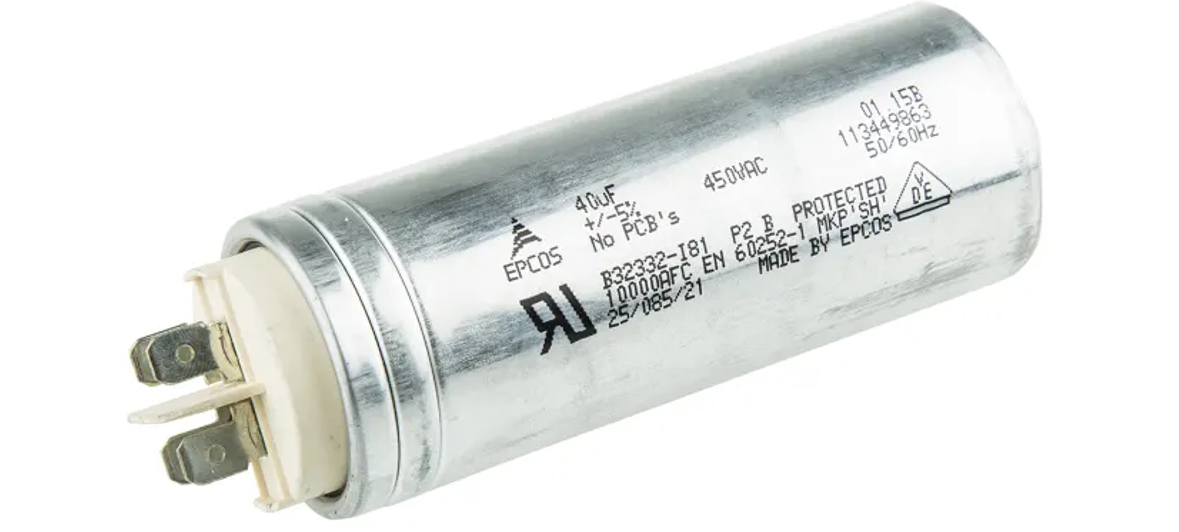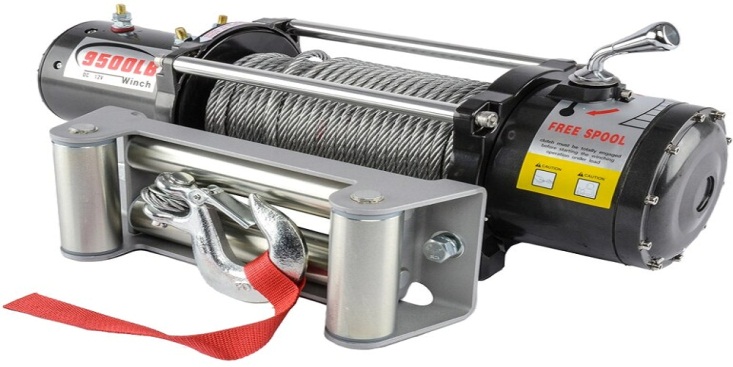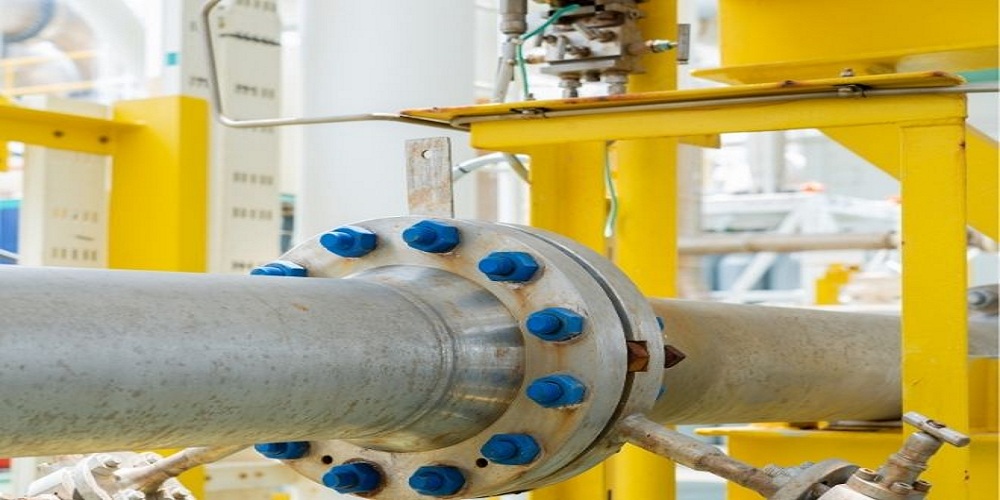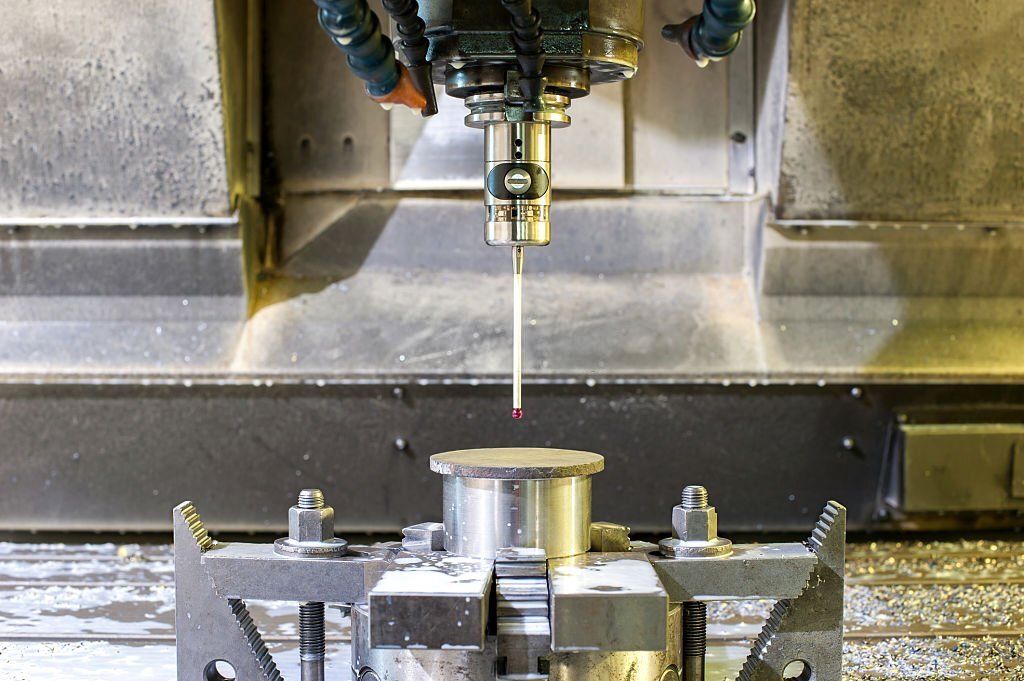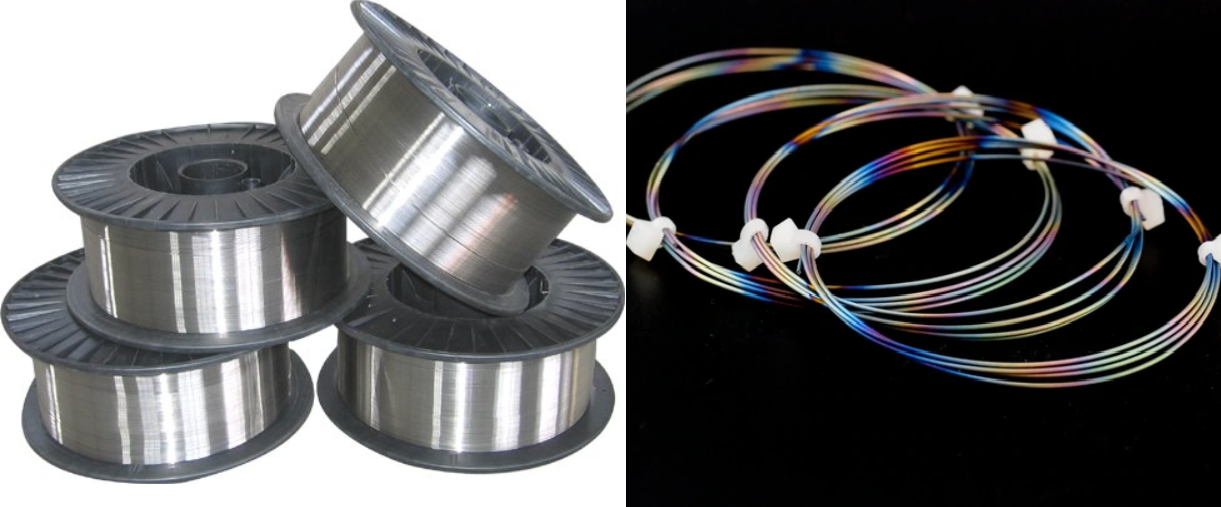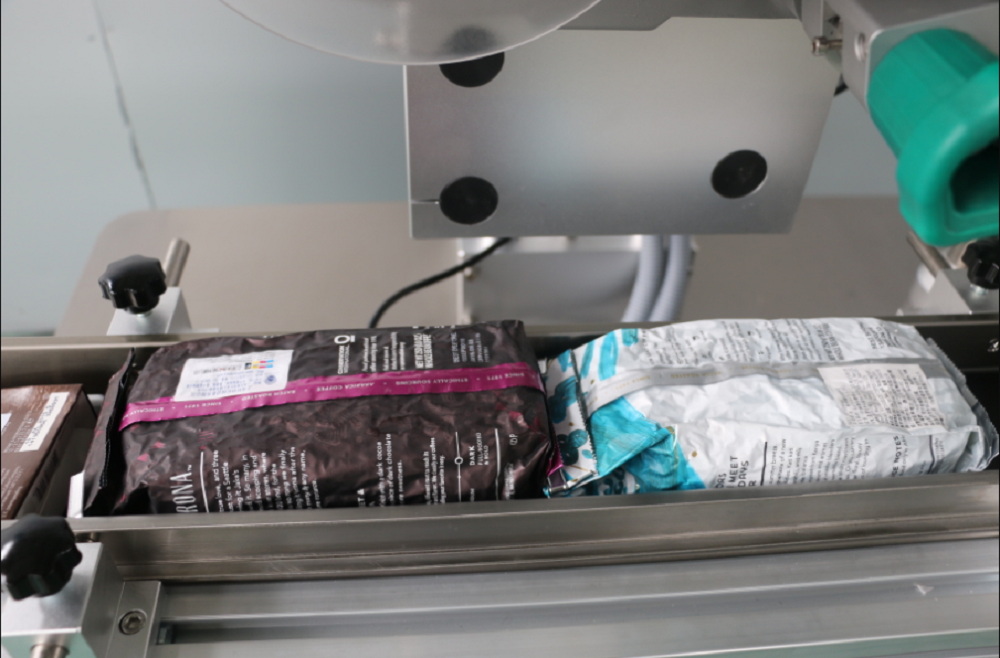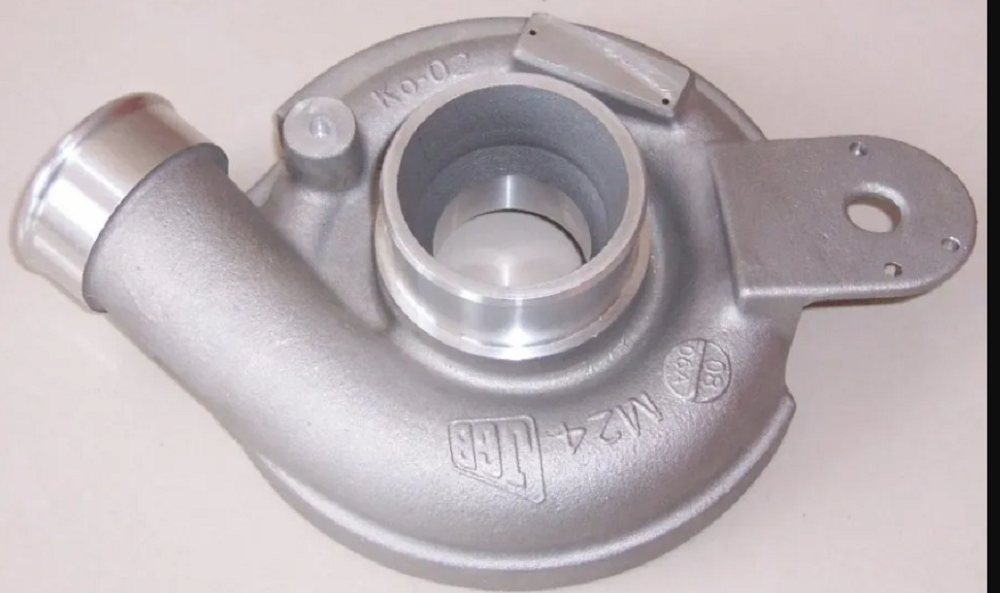You’ll get to interact with a computer at one point or another, either for personal or commercial use. However, many people never appreciate the history of the ARM Board development Kit that helps them achieve numerous tasks. At the beginning of the computer age, computers had so many components. These machines had to be kept in warehouses due to their size. These computer boards have since developed into smaller, more efficient, and powerful devices capable of handling many tasks.
What defines a modern arm board?
Over time, the ARM Board has developed into different sizes and specifications. However, some people can’t tell what things make a certain single-board computer modern. Don’t worry if that is the case with you because we are here to help you. Here’s a list of things you can keep a close eye on to know whether a computer board is modern or not.
Single board
One distinct feature a modern ARM board has is that it has all the components of a regular computer but on a single board. These computers have storage, RAM, input, and output components such as HDMI and USB ports all on the board. The only difference between them and their larger counterparts is their size. They only need a source of power to function normally. Examples of such computers are smartphones or laptops. If you love and appreciate technology, single boards are an excellent example to learn from.
The operating system
Another thing that defines a modern ARM Board is using sophisticated operating systems. Compared to microcomputers, these single board computers need an operating system to run a host of applications. Remember, these computers run industrial operations where effectiveness is a priority. The fast and powerful operating system helps achieve this goal. Some of these computers run on Linux operating systems, whereas others run on 64-bit Windows.
Runs different applications
The modern single-board computer is capable of handling many applications at the same time effortlessly. That is what modern industries are all about; embracing multitasking and maintaining high productivity. This feature is made possible through the processors and the GPUs embedded in their board. This compares to microcomputers which may have different components on a single board but only perform one function. Due to their processing power, these computers have extensive commercial use.
Power consumption
Another distinct feature of modern single board computers is that they consume significantly less power. Regular computers such as desktops may consume more power based on their modifications, but the processors built on the boards are custom made, so they consume less power. This makes them suitable in applications where power-saving abilities are appreciated.
Conclusion
These ARM boards have different specifications and are applied in various industries. However, for anyone to distinguish them from other boards, they have to know what these modern boards have. To pick what is best suited for you, think about the functions the computer will handle. Browse our store and choose a modern ARM board from our wide selection; to learn more about modern ARM boards, keep it here.

